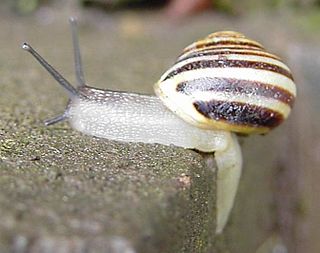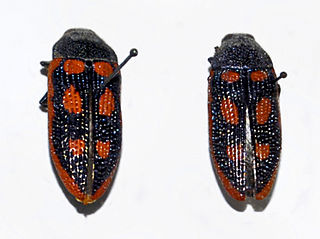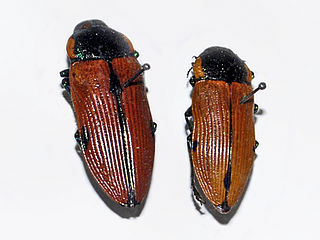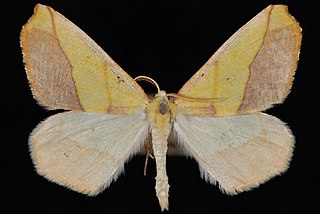
The spotted sandpiper is a small shorebird, 18–20 cm (7.1–7.9 in) long. The genus name Actitis is from Ancient Greek aktites, "coast-dweller", derived from akte, "coast", and macularius is Latin from macula, "spot".

The common sandpiper is a small Palearctic wader. This bird and its American sister species, the spotted sandpiper, make up the genus Actitis. They are parapatric and replace each other geographically; stray birds of either species may settle down with breeders of the other and hybridize. Hybridization has also been reported between the common sandpiper and the green sandpiper, a basal species of the closely related shank genus Tringa.

The bronze grass skink or bronze mabuya is a species of skink found in South and Southeast Asia..

Cepaea is a genus of medium-sized air-breathing land snails, terrestrial pulmonate gastropod mollusks in the family Helicidae. The shells of species within this genus are often brightly colored and patterned with stripes. The two species from this genus, the common and widespread C. nemoralis and C. hortensis, have been model species for early studies of genetics and natural selection. They occur in Europe, although introduced populations occur elsewhere in the world.

Scincomorpha is an infraorder of lizards. They first appear in the fossil record about 170 million years ago, during the Jurassic period.

Tupinambás Ecological Station is a marine ecological station in and around the Alcatrazes archipelago off the coast in São Paulo State, Brazil.

Temognatha alternata is endemic to Queensland, Australia. Little is known of this spectacular beetle which has never been formally described, as the name is taken from that given by Lumholtz without any description.

Stigmodera is a genus of beetles in the family Buprestidae, the jewel beetles. It is a large genus that some authors divide into three separate genera. Others keep them together, making Stigmodera a genus of some 550 species. Most are native to Australia and a few occur in New Guinea.

Temognatha alternata, commonly known as the variable jewel beetle, is a beetle of the family Buprestidae.
Egnasia macularia is a species of moth of the Noctuidae family. It was described by Mabille in 1900. It is endemic to Madagascar.

Stigmodera cancellata, common name Red Spotted Jewel Beetle, is a species of beetles in the family Buprestidae.
Penthea is a genus of longhorn beetles of the subfamily Lamiinae, containing the following species:
Trichopenthea macularia is a species of beetle in the family Cerambycidae, and the only species in the genus Trichopenthea. It was described by Pascoe in 1867.

Macularia sylvatica is a medium-sized species of air-breathing dextral land snail, a terrestrial pulmonate gastropod mollusc in the family Helicidae. It was once seen as a close relative of the grove snail, but does in fact not belong to the genus Cepaea at all.
Stigmodera sanguinosa, is a species of beetle in the family Buprestidae found throughout the southern parts of Australia.
Penthea macularia is a species of beetle in the family Cerambycidae. It was described by Francis Polkinghorne Pascoe in 1867. It is known from Australia.

Sicya macularia, known generally as sharp-lined yellow, is a species of geometrid moth in the family Geometridae. Other common names include the pink-bordered yellow and two-pronged looper. It is found in North America.

Caripeta macularia is a species of geometrid moth in the family Geometridae. It is found in North America.















